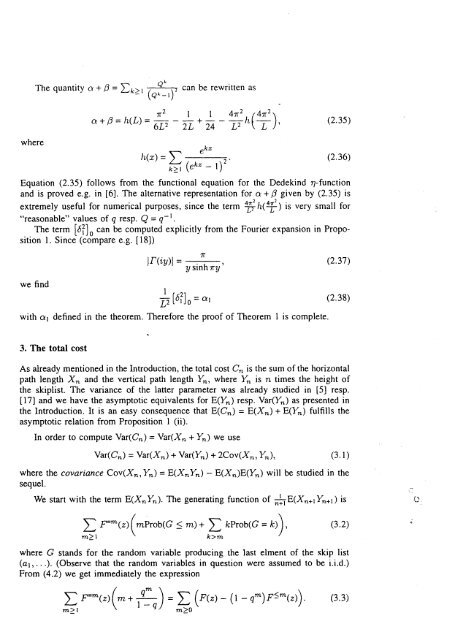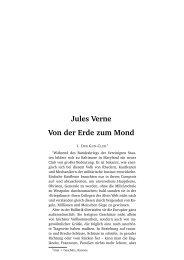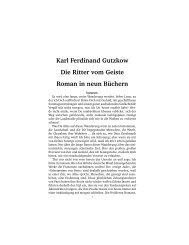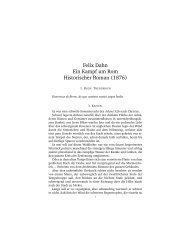The path length of random skip lists - Institut für Analysis und ...
The path length of random skip lists - Institut für Analysis und ...
The path length of random skip lists - Institut für Analysis und ...
Create successful ePaper yourself
Turn your PDF publications into a flip-book with our unique Google optimized e-Paper software.
where<br />
<strong>The</strong> quantity a- +,3 =<br />
7r 2<br />
a + Q = li(L) = 6L 2<br />
can be rewritten as<br />
1 1 47x2 47r2<br />
2L + 24 - L2 It ( L )' (2 .35)<br />
ekx<br />
h(x) _ k (ekx - 1)2<br />
(2 .36)<br />
Equation (2 .35) follows from the functional equation for the Dedekind r7-function<br />
and is proved e .g . in [6] . <strong>The</strong> alternative representation for a +,3 given by (2 .35) is<br />
extremely useful for numerical purposes, since the term i2 h( 4L2 ) is very small for<br />
"reasonable" values <strong>of</strong> q resp . Q = q -1 .<br />
<strong>The</strong> term [6fl 0 can be computed explicitly from the Fourier expansion in Proposition<br />
1 . Since (compare e .g . [18])<br />
JF(zy)I =<br />
Y 7<br />
sinh iry<br />
(2 .37)<br />
we find<br />
1 2<br />
L2 [bl ] o<br />
= al<br />
(2 .38)<br />
with a, defined in the theorem . <strong>The</strong>refore the pro<strong>of</strong> <strong>of</strong> <strong>The</strong>orem I is complete .<br />
3. <strong>The</strong> total cost<br />
As already mentioned in the Introduction, the total cost Cn is the sum <strong>of</strong> the horizontal<br />
<strong>path</strong> <strong>length</strong> X,,, and the vertical <strong>path</strong> <strong>length</strong> Y,-, where Y,, is n times the height <strong>of</strong><br />
the <strong>skip</strong>list . <strong>The</strong> variance <strong>of</strong> the latter parameter was already studied in [5] resp .<br />
[17] and we have the asymptotic equivalents for E(Yn ) resp . Var(Yn ) as presented in<br />
the Introduction . It is an easy consequence that E(C n ) = E(X n ) + E(Yn) fulfills the<br />
asymptotic relation from Proposition 1 (ii) .<br />
In order to compute Var(Cn ) = Var(Xn + Yn ) we use<br />
Var(Cn ) = Var(Xn ) + Var(Yn ) + 2Cov(Xn , Yn ), (3 .1)<br />
where the covariance Cov(X n , Yn ) = E(X.Yn ) - E(X n )E(Yn ) will be studied in the<br />
sequel .<br />
We start with the term E(XnYn ) . <strong>The</strong> generating function <strong>of</strong> n+ l E(X n+ 1 Yn+l) is<br />
E F=m (z) (mProb(G < m) + 1: kProb(G = k)) , (3 .2)<br />
M>1 k>m<br />
where G stands for the <strong>random</strong> variable producing the last elment <strong>of</strong> the <strong>skip</strong> list<br />
(a,, . . .) . (Observe that the <strong>random</strong> variables in question were assumed to be i .i .d .)<br />
From (4 .2) we get immediately the expression<br />
M> 1<br />
m<br />
F=m(z) m + q = (F(z) - (1 - qm) F







